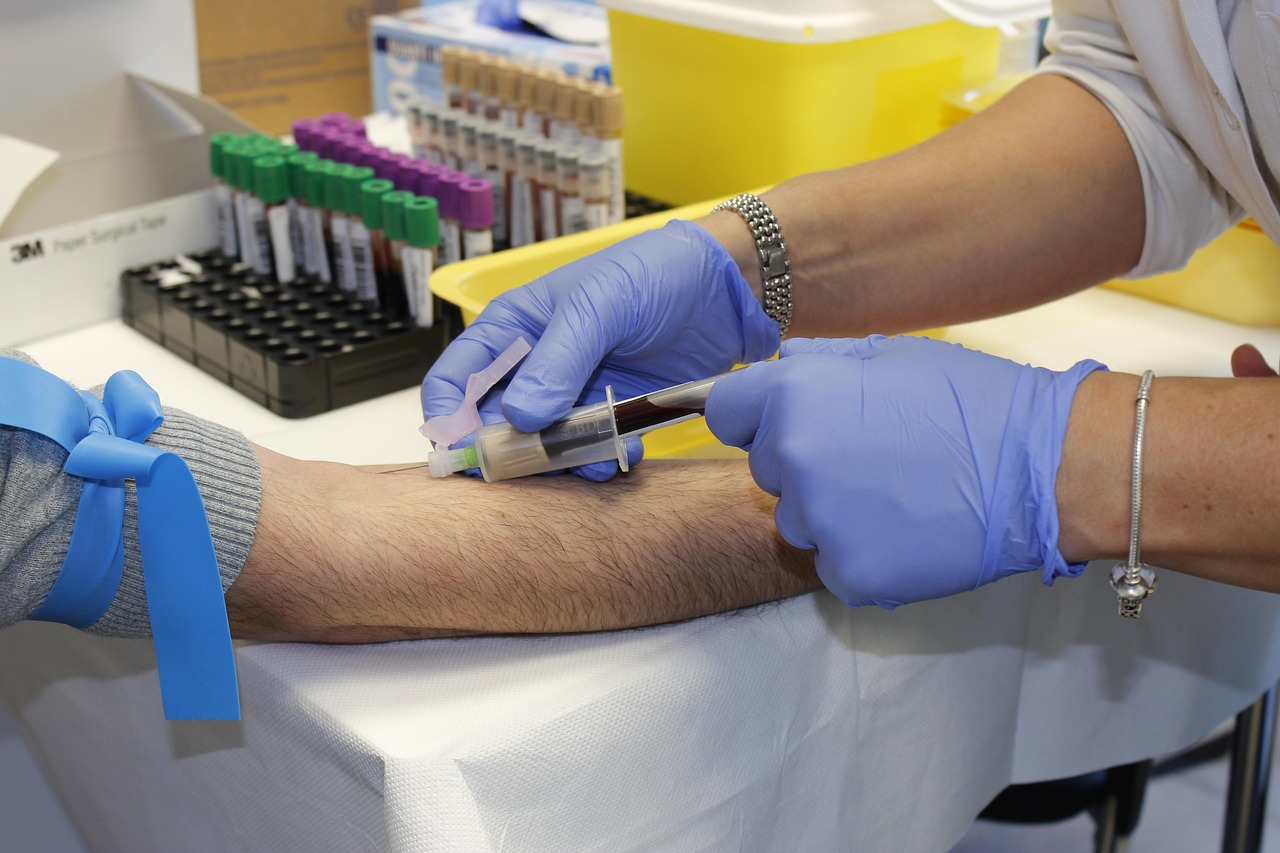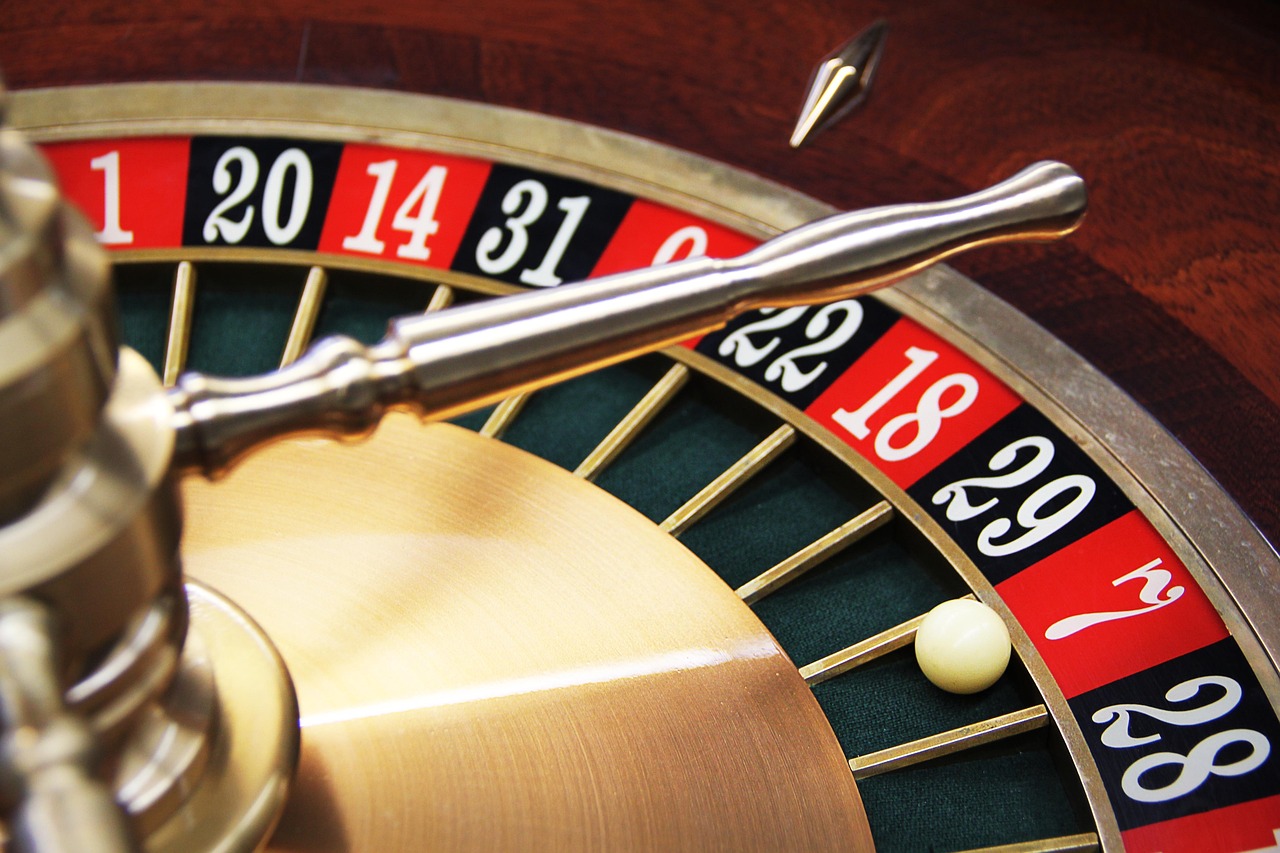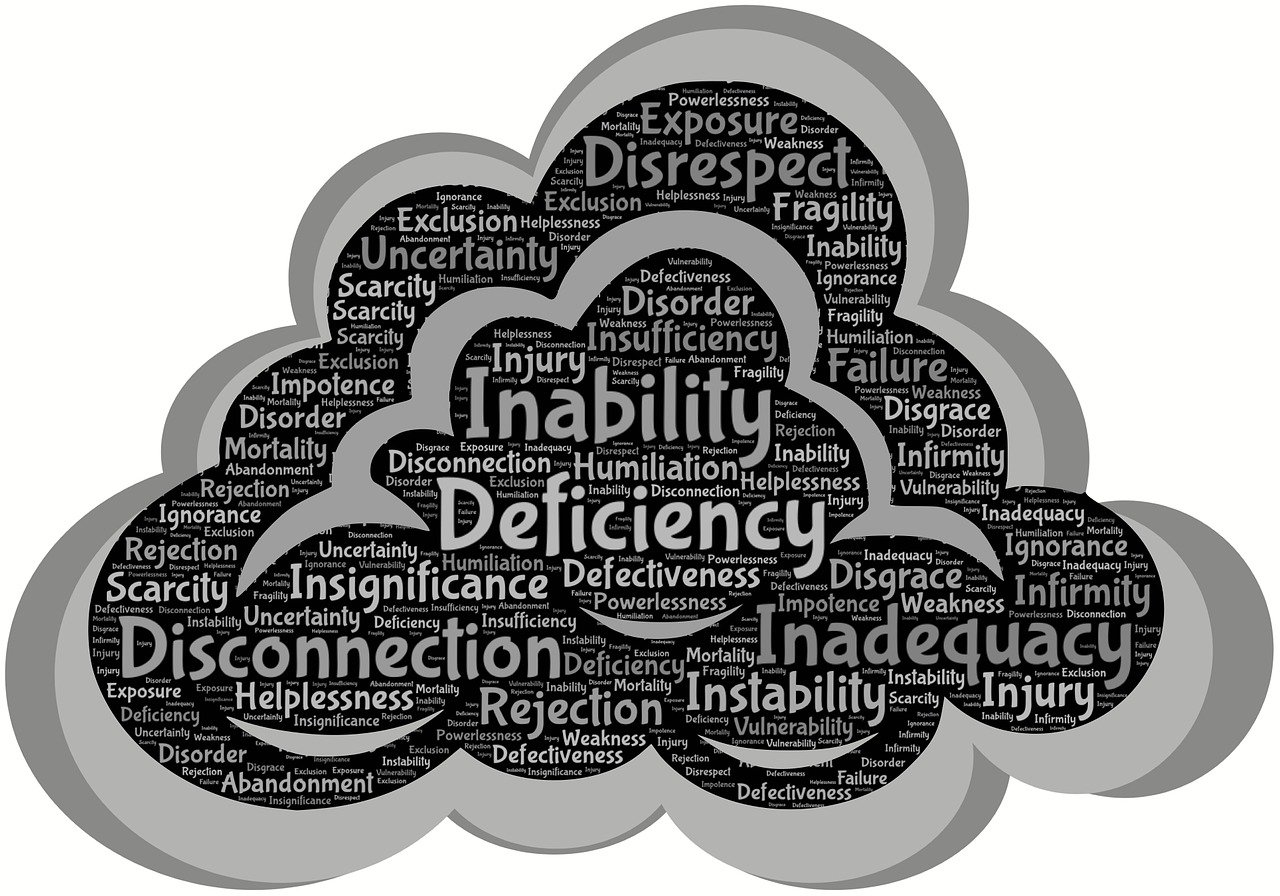Entrepreneurial burnout remains one of the toughest challenges faced by business founders in 2025. It’s not simply fatigue—it’s a profound exhaustion that strikes body, mind, and spirit, often leaving entrepreneurs feeling disconnected from their passions and purpose. Unlike traditional job environments, entrepreneurs frequently operate without the buffer of supervisory intervention, making early signs of stress easy to overlook or dismiss. As markets grow more competitive and business landscapes evolve rapidly, the demand placed on entrepreneurs intensifies, heightening burnout risks. Recognizing this, modern entrepreneurs are increasingly turning to a blend of innovative and time-tested strategies for prevention, ranging from mindfulness practices to strategic time management and leveraging technology.
Such approaches go beyond superficial fixes; they represent fundamental shifts in how entrepreneurial work is approached. For example, the strategic use of tools like Trello and Asana can streamline projects and reduce cognitive overload, while apps like Headspace and Calm support mental well-being through guided mindfulness meditation. More so, integrating practical self-care routines, setting boundary-defining priorities, and weaving creative hobbies into daily life create resilience against the cycles of stress. This article dives deep into these mechanisms, illustrating how they can be practically applied to not only stave off burnout but also enrich the entrepreneurial journey.
Identifying Early Signs and Triggers of Entrepreneurial Burnout
Understanding burnout begins with recognizing its precursors. Burnout is not sudden; it develops through a pattern of emotional, physical, and cognitive depletion that gradually worsens if unaddressed. For entrepreneurs juggling multiple roles—CEO, marketer, customer support, and more—workload pressure can quickly become overwhelming.
Key triggers include excessive working hours, lack of support systems, and high-stakes decision-making environments. Entrepreneurs may experience persistent exhaustion, diminished interest in their business, impaired concentration, mood swings, and disrupted sleep or appetite. Self-assessment tools serve as an effective early warning system:
- Do you frequently feel drained or overwhelmed?
- Is it difficult to maintain enthusiasm for your daily tasks?
- Are you experiencing trouble focusing or executing decisions?
- Have you noticed increased irritability or emotional sensitivity?
- Are your sleep patterns or eating habits noticeably irregular?
If these symptoms resonate, immediate action is essential to break the progression of burnout.
Entrepreneurs like Sarah, founder of a digital marketing startup, noticed her creativity dwindling and irritability surging—classic signs she initially ignored until a mentor’s intervention prompted a reevaluation of her work habits. This highlights the importance of external feedback in recognizing burnout. Tools such as RescueTime provide objective data on how time is spent, identifying periods of intense focus without adequate breaks, offering insights vital for improvement.
| Common Burnout Triggers | Impact on Entrepreneur | Potential Early Warning Sign |
|---|---|---|
| Overwhelming workload | Physical & emotional exhaustion | Consistent tiredness despite rest |
| Lack of social or professional support | Feelings of isolation and stress | Withdrawal from social interactions |
| High stress levels | Reduced decision-making ability | Impaired concentration and mood swings |
Early identification grounds entrepreneurs in actionable knowledge, preparing them to incorporate preventive strategies into daily routines and thus maintain sustainable leadership.

Harnessing Mindfulness and Meditation to Combat Entrepreneur Burnout
Mindfulness has emerged as a cornerstone in the toolkit of burnout management for entrepreneurs. By fostering a state of present-moment awareness, mindfulness disrupts cycles of stress and anxiety, which are often tied to obsessive future planning or rumination over past setbacks.
Integrating mindfulness does not require a sizeable time investment but a deliberate commitment, as even brief sessions yield measurable benefits. Apps such as Headspace and Calm offer guided meditations tailored to high-pressure lifestyles, helping entrepreneurs reduce cortisol levels and enhance emotional regulation.
Implementing a daily mindfulness routine could include:
- Morning Focus: Five minutes of deep breathing before starting daily tasks to embed calmness.
- Mindful Breaks: Short intervals during work involving stretching or attentive walks, reconnecting with senses.
- Reflection Evenings: Journaling thoughts of gratitude and successes to shift focus toward positive outcomes.
Entrepreneurs who embrace these practices report heightened clarity, improved sleep quality, and better interpersonal engagement.
Consider the case of Tom, who turned to meditation through Calm after burnout symptoms began impeding his ability to lead his tech startup. After consistent practice, he noticed improved patience and reduced impulsivity, critical for high-stakes negotiations.
| Mindfulness Practice | Benefit | Recommended Tools |
|---|---|---|
| Morning Deep Breathing | Centering focus and reducing anxiety | Headspace, Calm |
| Short Mindful Walks | Physical movement combined with sensory awareness | Forest (focus timer app) |
| Evening Gratitude Journaling | Promotes positive mindset and recovery | Physical journal or digital note apps |
Mindfulness not only counters emotional exhaustion but also cultivates emotional resilience crucial to entrepreneurial success in fluctuating markets.
Effective Time Management Techniques for Preventing Entrepreneur Burnout
One of the most actionable ways to prevent burnout is mastering time management. Entrepreneurs are bombarded with competing priorities, making focus and organization vital to maintaining energy and productivity.
The Pomodoro Technique is widely recommended: working in 25-minute focused intervals separated by breaks creates sustainable work rhythms and curbs cognitive fatigue. When used alongside productivity platforms like Trello, Monday.com, and communication tools like Slack, entrepreneurs can visually organize tasks and collaborate without information overload.
Other time management tips include:
- Task Prioritization: Break projects into smaller, manageable units; tackle high-impact tasks during peak energy periods.
- Setting Boundaries: Define clear “stop times” to respect personal time and recharge effectively.
- Minimizing Multitasking: Focus on single tasks to enhance quality and reduce stress-induced errors.
Entrepreneur Linda credits her recovery from burnout to adopting RescueTime, which evaluated how she spent her digital hours and helped eliminate distractions. Through smart scheduling and resisting the urge to overcommit, Linda reclaimed focus and improved her work-life balance.
| Technique | Description | Benefits | Helpful Tools |
|---|---|---|---|
| Pomodoro Technique | Work for 25 minutes, break for 5 | Maintains focus, reduces fatigue | Trello, Forest |
| Task Prioritization | Organize by impact and urgency | Improves productivity, reduces overwhelm | Asana, Monday.com |
| Setting Boundaries | Scheduled work hours with breaks | Prevents overwork, protects mental health | Slack (for communication boundaries) |
Discover more strategies in managing entrepreneurial burnout in dedicated resources such as this insightful guide and expert tips on burnout signals.
Unconventional and Creative Activities to Alleviate Burnout Symptoms
Many entrepreneurs underestimate the power of creative outlets and personal hobbies in their burnout prevention arsenal. Immersive activities outside of traditional work can divert mental energy, restore emotional balance, and foster innovation.
Scientific studies corroborate that engaging in arts or music reduces stress hormones and elevates mood. Entrepreneur Mia, who runs a consultancy, found solace in weekly painting classes that rekindled her enthusiasm and creativity. The simple act of coloring with no performance pressure allowed her to escape the transactional mindset and refresh her mental state.
Recommended creative activities include:
- Painting or Drawing – using colors to express complex feelings without words.
- Creative Writing or Journaling – externalizing thoughts aids in processing emotions.
- Playing a Musical Instrument – engages both cognitive and emotional centers in the brain.
Besides contributing to personal well-being, these hobbies can introduce new ideas and perspectives beneficial to business innovation. Entrepreneurs can also pair hobby time with calming soundscape apps like Noisli to deepen relaxation.
Engaging in such diversions complements other burnout prevention methods by creating a multidimensional resilience that sustains entrepreneurs through challenging periods.
| Creative Outlet | Benefit in Burnout Prevention | Recommended Supplementary Tools |
|---|---|---|
| Painting/ Drawing | Enhances emotional expression and relaxation | Noisli (ambient sounds) |
| Writing/Journaling | Facilitates emotional processing and gratitude | Digital journals, blogs |
| Music Instruments | Boosts mood and cognitive flexibility | Online tutorials and apps |

Building Support Networks and Utilizing Workshops for Sustainable Burnout Prevention
Loneliness amplifies burnout; hence cultivating a robust support network is paramount. Entrepreneurs benefit tremendously from connection—whether through peer groups, mentorship programs, or structured workshops that focus on resilience and mental wellness.
Engagement in such communities creates accountability for self-care and surfaces new coping techniques. In 2025, remote networking tools and platforms like Slack groups and online forums provide accessibility to curated entrepreneur circles worldwide. Joining interactive workshops on stress management or resilience building, available locally or online, empowers entrepreneurs to share experiences and learn from collective wisdom.
Steps to leverage support networks effectively:
- Seek local coworking spaces offering burnout prevention workshops and events.
- Engage in social media groups centered around entrepreneurial mental health.
- Participate in webinars and retreats facilitated by mental health and business experts.
For example, the startup founder Jake credits his breakthrough in managing burnout to joining a monthly mastermind group online that emphasizes holistic wellness alongside business strategies. This peer support helped him navigate systemic pressures with empathy and insight.
| Support Channel | Purpose | Benefits |
|---|---|---|
| Workshops and Webinars | Skill building in stress management and resilience | Practical tools and renewed motivation |
| Peer Networks | Sharing experiences & advice | Reduced feelings of isolation and enhanced problem-solving |
| Online Communities | Accessible support anytime | Convenience and diverse perspectives |
Visit this resource to explore proven strategies for recovery and ongoing prevention. You may also find vitality in unconventional habits that help harmonize work-life rhythms at Entrepreneur.com.

Test Your Burnout Risk Level
Frequently Asked Questions About Entrepreneurial Burnout Prevention
How can busy entrepreneurs incorporate burnout prevention into a hectic schedule without sacrificing productivity?
Busy entrepreneurs should integrate short, deliberate breaks into their days and establish clear boundaries around their work hours. Utilizing tools like Forest for focused time segments and RescueTime to track productivity helps maintain efficient workflows. Prioritizing tasks via Monday.com or Asana ensures critical activities get attention without overextending effort. Ultimately, balancing focused work with intentional rest periods keeps energy sustained through demanding schedules.
What are some lesser-known tactics to break recurring burnout cycles?
Aside from common strategies, monthly self-check-ins can highlight emerging exhaustion patterns, prompting timely adjustments. Engaging creative hobbies like painting or music offers restorative mental relief by activating different brain circuits. Regularly disconnecting from digital devices, combined with meditation via apps like Headspace, creates mental clarity crucial for breaking burnout loops.
How can team leaders promote a healthier, burnout-resilient workplace environment?
Leaders should foster open communication channels to discuss workload and stress openly. Implementing regular wellness check-ins and encouraging self-care practices builds a culture that values balance. Utilizing team collaboration tools such as Slack allows workload transparency and ensures no member feels overwhelmed. Additionally, providing access to mental health workshops cultivates sustained well-being.
Are there recommended workshops or community activities that support sustainable burnout prevention?
Yes. Workshops focusing on resilience training, psychosocial self-assessment, and peer discussions are highly effective. Mastermind groups and peer coaching networks encourage sharing positive coping strategies in a trusted environment. Platforms like Eventbrite and Meetup list numerous online and local events tailored for entrepreneurs aiming to develop long-lasting protective habits.
How important is self-care in an entrepreneur’s routine to prevent burnout?
Self-care is critical. As burnout results largely from chronic stress exceeding coping capacity, proactive self-care restores balance. Activities such as meditation, exercise (tracked by devices like Fitbit), creative hobbies, and social engagement recharge mental and physical reserves, enabling entrepreneurs to sustain their vision and leadership with vigor.


